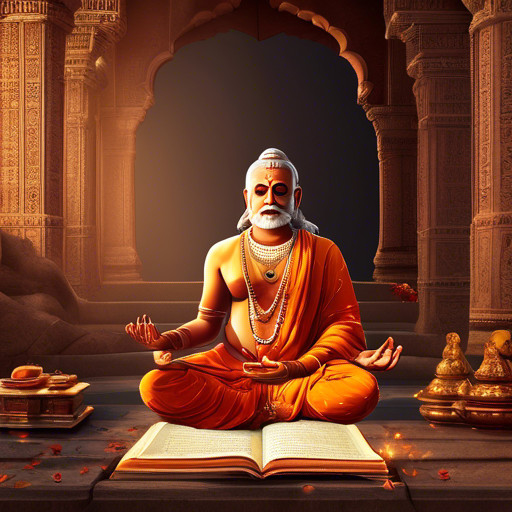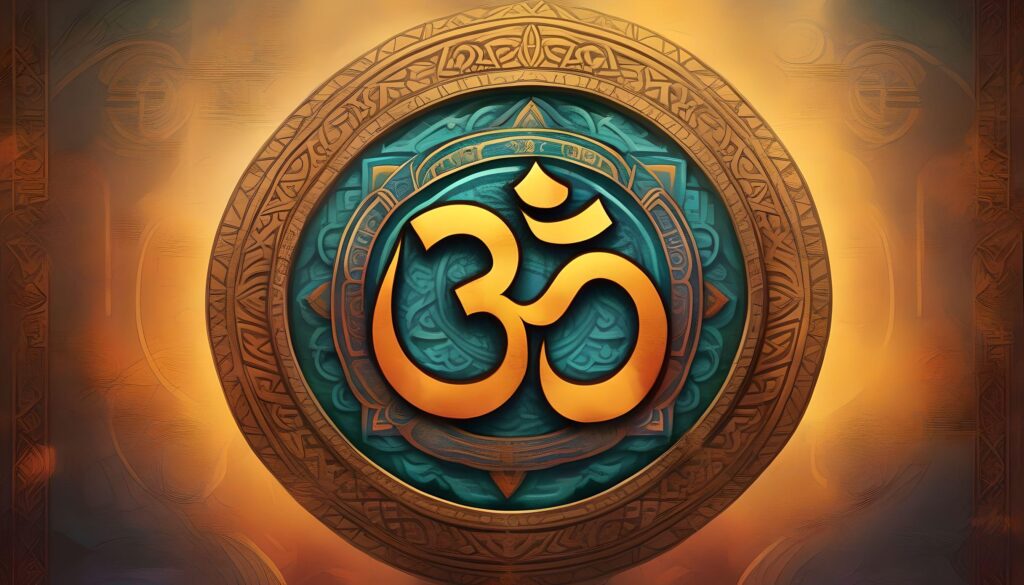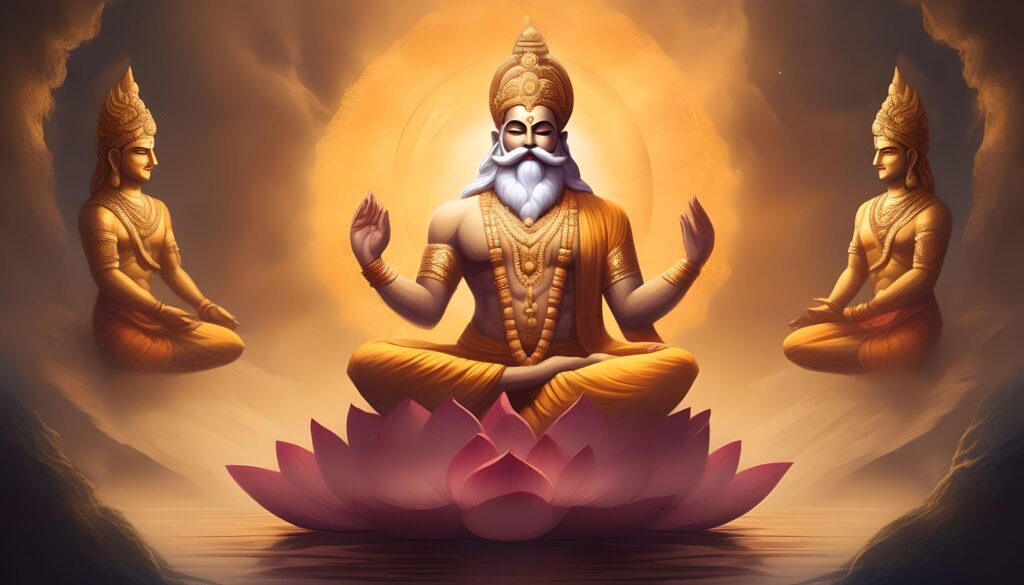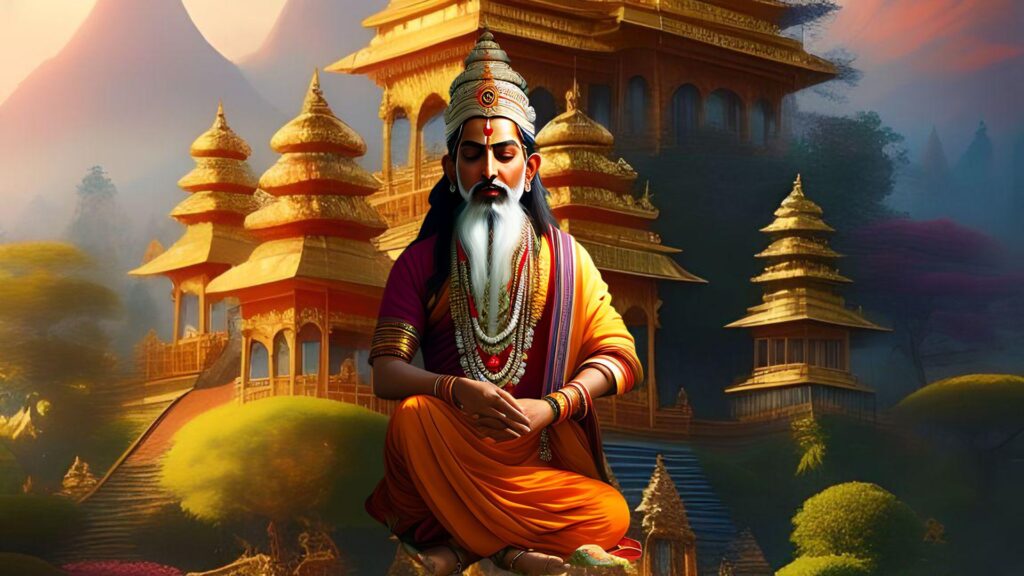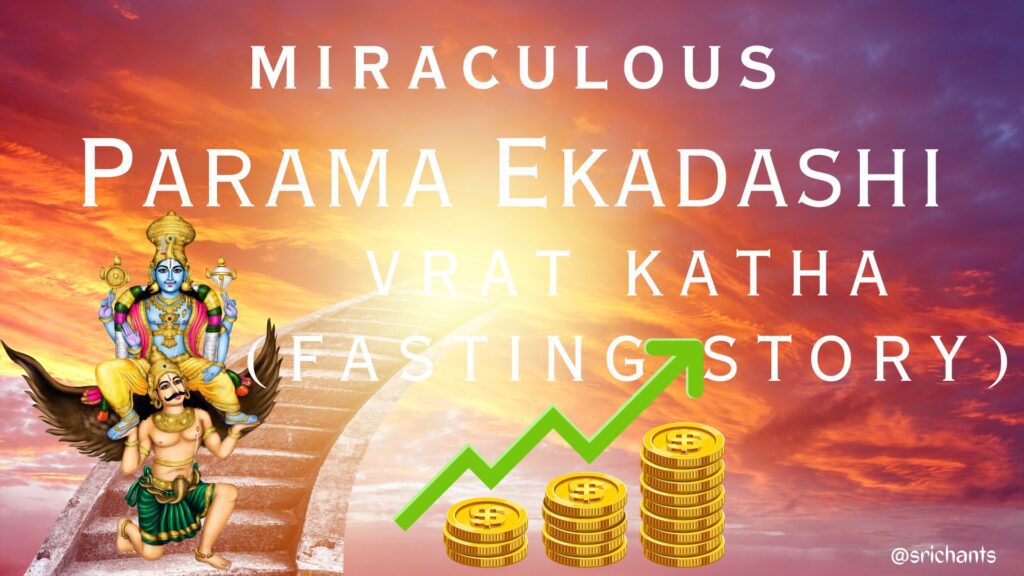Vedas to Now: Spiritual Awakening and Personal Growth
The Vedas, which are ancient scriptures of Hinduism, are of the utmost importance. The aforementioned sacred texts are regarded as the most ancient written documentation of the Indo-Aryan civilization and form the bedrock of Hindu doctrine. This article aims to examine the Vedas’ origins, classification, and structure, thereby illuminating the significant impact they have had on Hindu customs and beliefs.
Origin of the Vedas
The exact age of the Vedas is difficult to ascertain due to their obscure origins in antiquity. Scholars contend, nevertheless, that the earliest sections of the Vedas originated circa 1700 BCE, in the latter half of the Bronze Age. Among the earliest written records ever authored by humans, these wisdom documents offer valuable insights into the ancient Indo-Aryan civilization.
According to traditional beliefs, the Vedas were not written by ordinary mortals but were instead bestowed by divine revelation upon sages, known as “mantradrasta” or seers, who passed on the hymns orally through the generations. The Vedic mantras are said to have been bestowed upon these enlightened beings by God Himself. The authoritative compiler of the Vedas’ formal documentation was the renowned sage Vyasa Krishna Dwaipayana, who lived during the reign of Lord Krishna around 1500 BCE.
Classification of the Vedas
The Vedas (Samadhi Sama Veda, Yajur Veda, and Atharva Veda) comprise a total of four volumes. Out of these, the Rig Veda occupies the preeminent position as the primary text. Sama Veda, Yajur Veda, and Atharva Veda are the remaining three Vedas, and their form, language, and content are all in harmony.
Every Veda is divided into four sections. The Samhitas, which are compilations of hymns or mantras, comprise the first section. These anthems were composed by a variety of seers or authors known as “rishis.” The second section comprises the Brahmanas, which encompass religious obligations and rituals. The third section, the Aranyakas, are utilized by forest-dwelling ascetics for contemplation purposes, with an emphasis on symbolism and mysticism. In conclusion, the Upanishads, which comprise the final segments of the Vedas, offer profound philosophical doctrines.
The Rig Veda: The Book of Mantra
The most ancient and influential text in all of Indo-European languages is the Rig Veda. It is comprised of 1,017 hymns or “suktas” organized into eight chapters referred to as “astakas.” Some researchers place the date of these hymns between 1500 and 1000 BCE; alternatively, they may date back as early as 12,000 to 4000 BCE. These hymns represent the earliest known manifestation of Sanskrit mantras.
Insights into the social, religious, political, and economic spheres of the Rig-Vedic civilization are abundant in the Rig Veda. Certain hymns within the Rig Veda manifest inclinations towards monotheism, whereas others espouse naturalistic polytheism and monism. The hymns serve as a vivid representation of the prevailing religious beliefs and practices of that time period.
The Sama Veda: The Book of Song
The primary purpose of the Sama Veda is to provide a liturgical compilation of melodies referred to as “saman.” It incorporates the hymns of the Rig Veda extensively as musical notation. According to Vedic scholar David Frawley, the Sama Veda represents the melody or its meaning, while the Rig Veda represents the word. It is said that the Sama Veda actualizes the insights expounded in the Rig Veda and serves as a supplementary text to its teachings.
The Yajur Veda: The Book of Ritual
As a liturgical compilation, the Yajur Veda provides priests conducting sacrificial acts with a practical guide. The text comprises prose invocations and sacrificial formulae referred to as “yajus,” which are recited by the priests throughout the rituals. The objective of the Yajur Veda is comparable to that of the “Book of the Dead” from ancient Egypt. It is comprised of the Madyandina, Kanva, Taittiriya, Kathaka, Maitrayani, and Kapishthala recessions, among others.
The Atharva Veda: The Book of Spell
The Atharva Veda is distinct from the other three Vedas and holds a unique position. It is considered the last of the Vedas and portrays a different spirit compared to the others. The hymns in the Atharva Veda focus on spells and charms prevalent during that time, providing insights into the Vedic society. Some scholars debate whether the Atharva Veda should be considered a part of the Vedas, as its content differs significantly.
Significance and Impact
Despite their current lack of reading and comprehension, the Vedas serve as the foundational text of Hinduism, providing guidance for religious observances and convictions. Social norms, rituals, and Hindu customs have been profoundly impacted by the Vedas for centuries. Presently, they maintain the preeminent position of religious authority and are regarded as a well-informed and reputable resource by Hindus and individuals seeking spiritual enlightenment on an international scale.
The Upanishads, an integral component of the Vedas, are regarded as foundational texts in the corpus of wisdom traditions attributed to humanity. Severe scholars and practitioners of spirituality and religious traditions from diverse cultural backgrounds ponder and venerate them. The Upanishads comprise profound philosophical teachings that have withstood the test of time and persistently motivate individuals in pursuit of truth.
In summary, the Vedas, being the most ancient scriptures in Hinduism, function as the bedrock of its doctrines. Decades have passed since these sacred texts influenced Hindu rituals, beliefs, and customs. The Vedas, renowned for their philosophical insights, hymns, rituals, and mysticism, persistently serve as an invaluable wellspring of knowledge and motivation for countless individuals across the globe.
V. Vedas in Hinduism
The Vedas exert a significant influence on Hindu religious ceremonies and rituals. The influence of the Vedas on Hindu traditions is incalculable, spanning from mundane devotion to elaborate yajnas. Gaining an understanding of their significance enhances one’s admiration for the intricate spiritual fabric that permeates the Hindu faith.
VI. Vedas and Other Ancient Texts
The interconnection and complexity of the relationship among the Vedas, Upanishads, and Brahmanas are noteworthy. An examination of these correlations illuminates the progression of Vedic philosophy and its assimilation into more extensive philosophical structures. By acknowledging these connections, our understanding of the profound wisdom contained within these ancient texts is enhanced.
VII. Preservation and Transmission
Ensuring the integrity of the Vedas has been a laborious undertaking that has required both memorization and oral transmission. Gaining an understanding of the techniques utilized to protect this age-old wisdom provides valuable insights into the veneration and commitment that the Vedas received over the course of history.
VIII. Modern Interpretations
Scholars persist in their efforts to decipher the many strata of significance that are ingrained within the Vedas in the present day. Their interpretations serve to bridge the divide between contemporary comprehension and ancient wisdom by offering novel viewpoints. An analysis of these present-day perspectives enhances our recognition of the eternal significance of Vedic teachings.
IX. Controversies Surrounding Vedas
The Vedas, similar to other ancient texts, have encountered criticism and debate. By engaging with controversies and valuing the viewpoints of critics, one can develop a more comprehensive understanding of Vedic literature. Academics have participated in discourse in an effort to clarify misconceptions and offer nuanced interpretations.
X. Vedas Beyond Religion
Although the Vedas occupy a pivotal position in religious observances, their impact transcends the confines of the religious sphere. Numerous facets of Indian culture, including literature and the arts, have been profoundly impacted by Vedic philosophy. An examination of these varied effects provides a holistic understanding of the extensive impact that the Vedas have had.
XI. Studying Vedas Today
In order to explore the profound wisdom contained within the Vedas, academic institutions and courses committed to Vedic studies provide a methodical framework. An abundance of resources are available to enthusiasts who are interested in delving into the profound depths of Vedic knowledge, thereby facilitating the accessibility of these ancient teachings to a worldwide audience.
XII. Vedas in the Digital Age
With the advent of technology, online platforms have emerged as a novel means of disseminating the Vedas. The worldwide dissemination of Vedic knowledge has been made possible by the digital environment, which has fostered a community of scholars and aspirants devoted to the preservation and propagation of this age-old wisdom.
XIII. Misconceptions About Vedas
It is vital to dispel misunderstandings in order to attain an authentic comprehension of the Vedas. Frequent misunderstandings frequently arise due to insufficient context or misinterpretations. By dispelling these misunderstandings, one can develop a more precise and sophisticated understanding of the profound teachings contained within the Vedas.
XIV. Appreciation of Vedas Globally
In addition to their recognition within India, the Vedas have attracted global attention and scholarly investigation. The significance of Vedic philosophy is acknowledged by scholars across the globe, as it expands the discourse on spirituality and ancient knowledge. The influence of the Vedas transcends national and global boundaries, striking a chord with individuals in pursuit of knowledge.
XV. Conclusion
In summary, the Vedas are an unrivaled compendium of historical knowledge, providing profound enlightenment on the fundamental aspects of being and spirituality. As we traverse the complex fabric of Vedic wisdom, we are encouraged to recognize the lasting pertinence of these venerated scriptures in the present-day context. Further in their pursuit of spiritual fulfillment and profound significance, the Vedas continue to guide and inspire.
FAQs
- Are the Vedas only relevant to Hinduism?
- While the Vedas hold a central place in Hinduism, their influence extends to various aspects of culture and philosophy, transcending religious boundaries.
- How can one study the Vedas in-depth?
- Numerous educational institutions and online courses specialize in Vedic studies, providing enthusiasts with structured learning opportunities.
- What controversies surround the Vedas?
- Controversies range from criticisms of historical accuracy to debates on interpretation, reflecting the diverse perspectives on Vedic literature.
- How have the Vedas impacted global culture?
- The Vedas have left a profound mark on literature, arts, and spiritual thought globally, influencing diverse cultures beyond India.
- Where can one access Vedic knowledge online?
- Online platforms offer a wealth of resources, making Vedic knowledge accessible to a global audience interested in exploring these ancient teachings.
